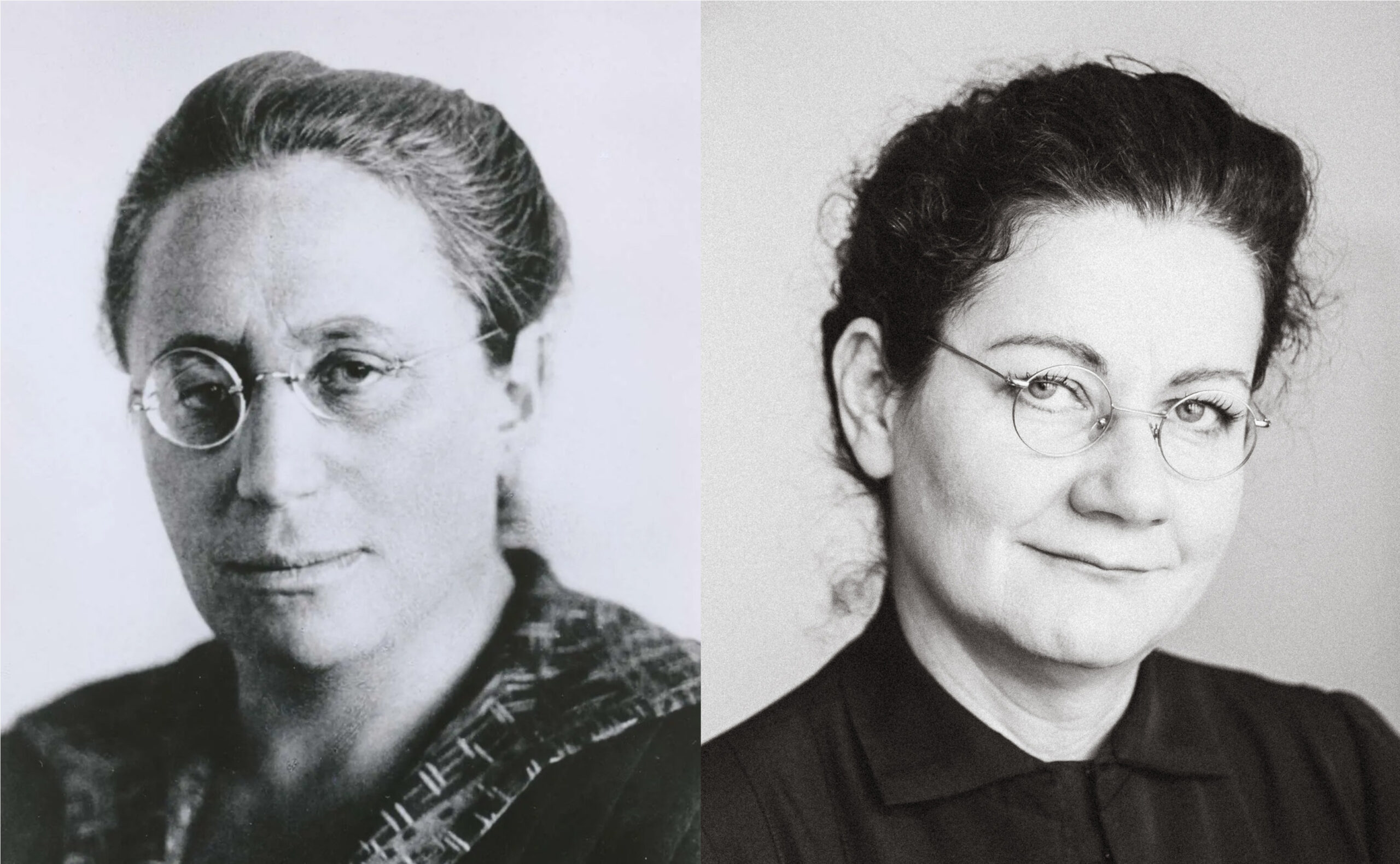A new artificial intelligence tool capable of imitating a wide range of British regional accents is drawing attention for its innovative approach to voice replication. Developed using advanced machine learning models and trained on extensive voice datasets from across the United Kingdom, this technology marks a significant step forward in the evolution of AI-generated speech.
The system, created by a team of linguists, engineers, and computer scientists, is designed to capture not only the sound of individual voices but also the nuanced variations that distinguish accents from different parts of the country. Whether it’s the distinct tones of Liverpool, the melodic lilt of Glasgow, or the crisp articulation of Oxford, the AI can produce speech that mirrors these regional differences with notable accuracy.
Experts involved in the creation of the tool highlighted that it was developed with a keen emphasis on linguistic variety. Britain is home to one of the most diverse accent profiles globally, influenced by many years of social, cultural, and geographical factors. By training the AI with top-notch recordings from a vast array of speakers, the system can reproduce speech patterns that showcase regional identity, providing fresh opportunities for accessibility, education, and media content creation.
A key reason for creating the accent-mimicking AI is to promote more inclusive and relatable experiences in digital contexts. In scenarios like virtual assistants, audiobook narration, and language learning platforms, the option to select or experience familiar accents might improve user involvement and ease. Individuals tend to be more open to voices that resemble their own or reflect their cultural heritage, potentially lowering obstacles in communication technology.
Furthermore, the AI voice technology can become a crucial resource for maintaining and examining dialects. Certain British accents are diminishing due to societal blending and the impact of the media. By digitally recording and replicating these accents, experts in linguistics and educators can utilize the technology to archive and impart dialect characteristics that could otherwise vanish with time. Thus, AI emerges as a tool not only for innovation but also for the preservation of culture.
In order to create the tool, developers utilized advanced neural networks which were trained on countless hours of spoken language from various speakers throughout England, Scotland, Wales, and Northern Ireland. The dataset was meticulously curated to encompass a wide range of age groups, genders, and social backgrounds, guaranteeing that the system could comprehend a vast array of pronunciation styles, intonation shapes, and rhythmic differences.
A critical challenge in this type of AI development is ensuring authenticity without resorting to caricature. The team worked closely with regional speakers to validate the accuracy of the AI-generated voices. Initial feedback suggests that while the tool performs well across many accents, ongoing refinement is needed to better capture subtleties, especially in regions where accent features are more fluid or rapidly evolving.
Privacy and ethical aspects have also been at the heart of the initiative. With increasing worries about voice duplication and identity theft, the creators incorporated measures to avoid abuse. Voice templates are not linked to any particular person without explicit approval, and the AI is designed to prevent the imitation of actual voices without permission. Clarity in utilization and intention has been emphasized to guarantee the responsible employment of the technology.
As with other AI-driven language tools, the potential for commercial use is extensive. Media companies, game developers, advertising agencies, and educational platforms have expressed interest in leveraging the accent replication capability to localize content and create more regionally tailored experiences. For example, a video game could feature characters with realistic accents appropriate to their fictional or historical settings, enhancing storytelling and immersion.
Businesses operating in customer service are also exploring the use of regional voice models to build rapport with users. A call center chatbot, for instance, might adopt a local accent to increase user trust and satisfaction, particularly in industries where personalization is key. However, companies must balance innovation with sensitivity, ensuring that accent usage does not reinforce stereotypes or alienate users.
The growing capabilities of voice AI also raise questions about the future of voice acting and audio production. While AI tools can reduce costs and accelerate production timelines, they may also disrupt traditional roles within the voiceover industry. Advocates for voice artists argue that AI should be used to supplement, not replace, human talent, and call for industry standards that protect creative rights and labor interests.
In academic settings, the capability of AI to replicate local accents assists students in grasping the diverse landscape of English as spoken in the UK. Language learning applications can integrate regional differences to introduce students to the actual variety of English phonetics, equipping them for more genuine auditory experiences. Educators might also employ the tool to illustrate the variation in certain phonetic traits across regions, enriching students’ understanding of linguistic intricacy.
As the tool’s development progresses, the research team aims to enhance its functionalities to include not just British accents, but also other English dialects and various non-English languages, achieving similar accuracy. Their ultimate objective is to establish an adaptable and ethical model of voice synthesis that represents the complete diversity of human language.
El reciente instrumento de inteligencia artificial que emula los acentos regionales británicos se sitúa en la confluencia de la tecnología, la lingüística y la identidad cultural. Al proporcionar representaciones auténticas y respetuosas de diversos patrones de habla, la innovación permite una interacción más enriquecedora con las computadoras, una creación de contenido más inclusiva y herramientas mejoradas para la investigación y educación lingüística. Aunque persisten desafíos tanto técnicos como éticos, el desarrollo representa un avance importante en el campo de la tecnología de voz sintética, con implicaciones significativas en numerosas industrias y comunidades.





